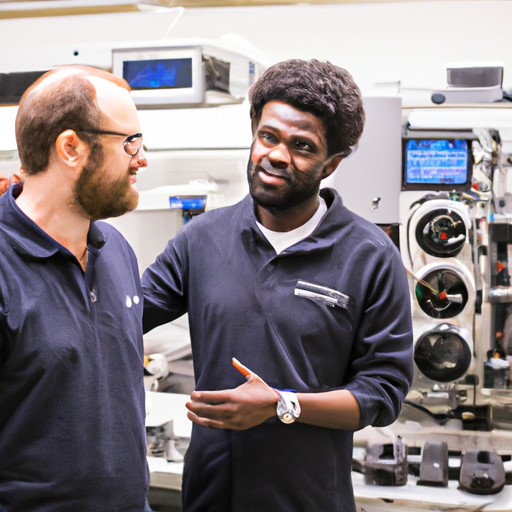The concept of Digital Twins has emerged as a revolutionary technology in the world of manufacturing, unlocking new levels of efficiency, productivity, and innovation. As companies strive to keep pace with the rapid advancements brought about by Industry 4.0, the integration of IoT (Internet of Things) solutions and Digital Twins is proving to be instrumental.
What are Digital Twins?
A Digital Twin is a virtual representation of a physical object or system across its lifecycle, using real-time data to enable understanding, learning, and reasoning. In manufacturing, this technology allows for the simulation and analysis of production processes, enabling manufacturers to optimize operations and predict failures before they occur.
Benefits of Digital Twins in Manufacturing
- Enhanced Efficiency: Digital Twins can simulate various scenarios, helping manufacturers identify bottlenecks and optimize workflows.
- Cost Reduction: By predicting equipment failures through predictive maintenance, companies can reduce downtime and maintenance costs.
- Improved Product Quality: Real-time data collection and simulations can lead to better quality control and product enhancements.
- Faster Time to Market: Digital Twins facilitate rapid prototyping, allowing manufacturers to design and test products swiftly.
Real-World Applications
Leading corporations like GE, Siemens, and Tesla are already harnessing the power of Digital Twins to optimize their manufacturing processes. For instance, GE uses Digital Twins to monitor and maintain jet engines, while Tesla utilizes this technology for optimizing the production of electric vehicles.
Conclusion
As the manufacturing ecosystem continues to evolve, embracing innovative technologies like Digital Twins will be crucial for companies aiming to stay competitive in the digital age. With its potential to enhance productivity and reduce operational costs, the Digital Twin technology is set to become a cornerstone of modern manufacturing.




